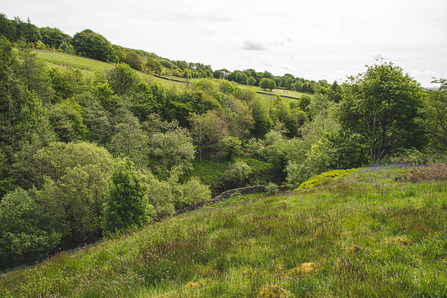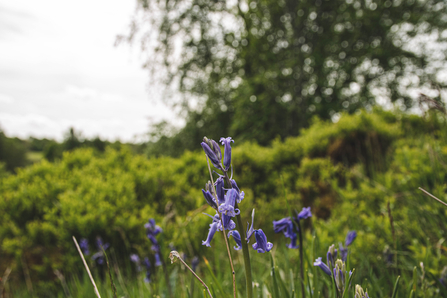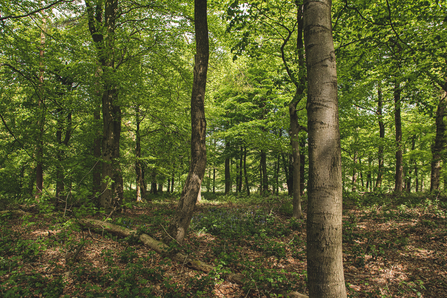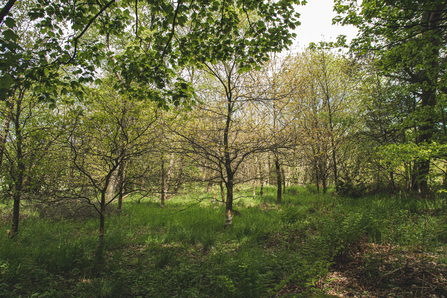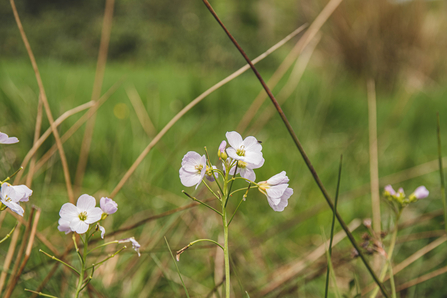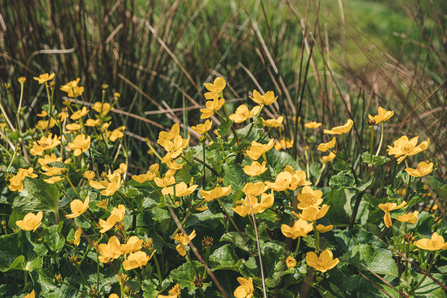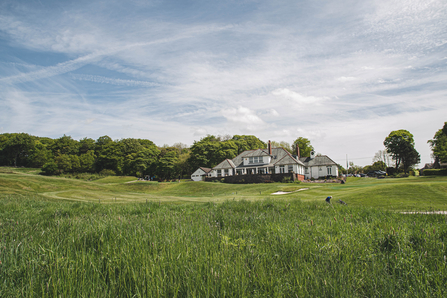Our Wild Peak Project is underway and we have been getting out and about in the Peak District and speaking to a number of landowners who are taking part in this new initiative.
The Wild Peak is a project that aims to work in close partnership with landowners, local communities and project leaders, to inspire and implement long-term, landscape-scale conservation gains in the Wild Peak region, that are driven by nature-led approaches where wildlife dictates the pace of restoration.
I met up with Peter Freeman, Former club captain, from Cavendish Golf Course who gave me a tour of the land they own. It was fantastic to see the comparison between the neatly cut grass on the course alongside the thriving landscape surrounding the borders.
The club got in contact with us here at Derbyshire Wildlife Trust to assess the current wildlife and habitats on their site. We discovered their land is made up of a mosaic of different semi-natural habitats and man-made features including golfing greens, rough, acid grassland and woodlands. The club opened in 1925 and has been subject to a variety of different management regimes.

